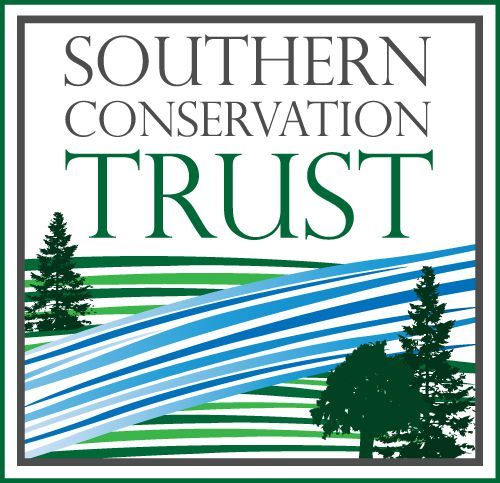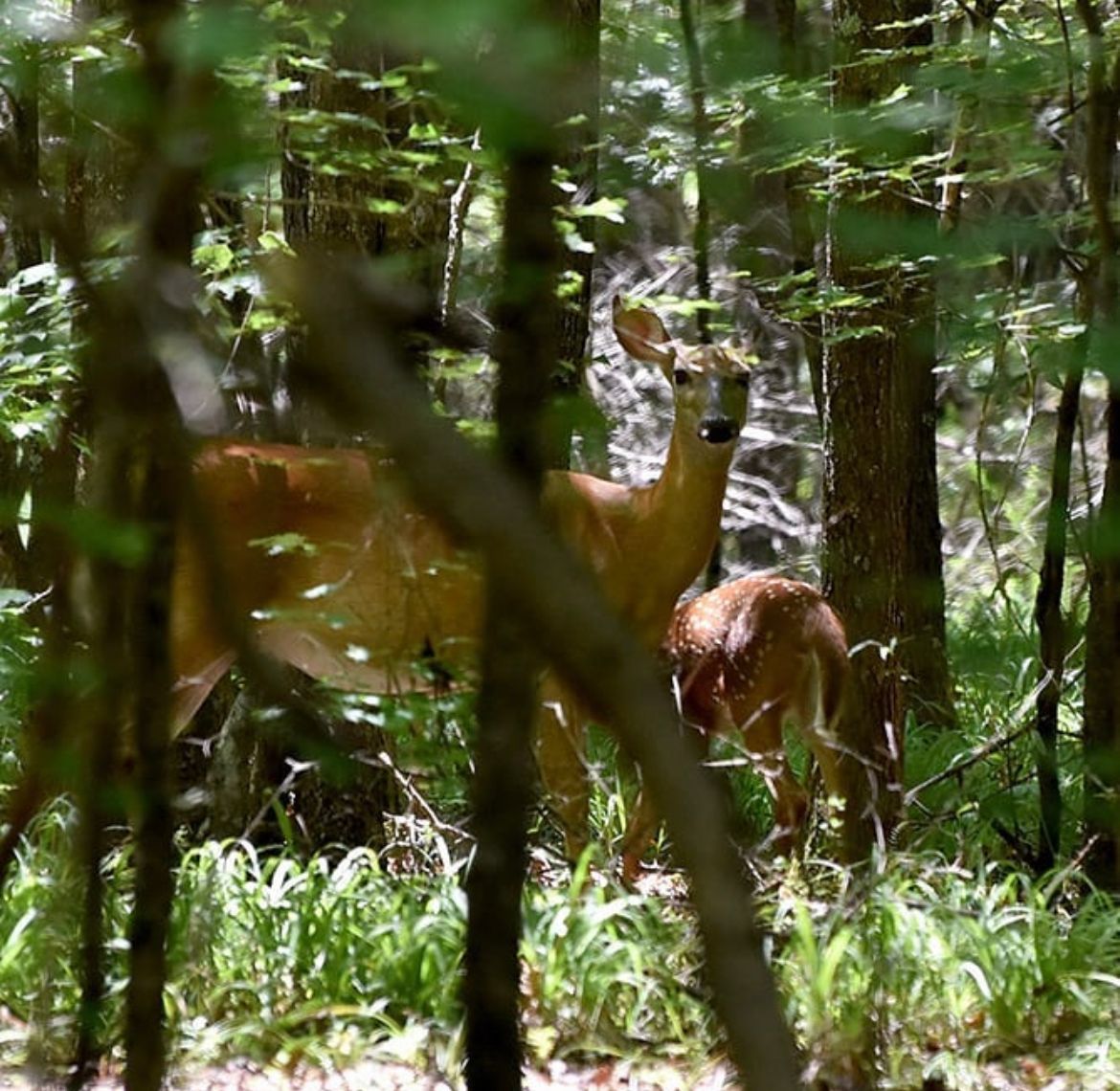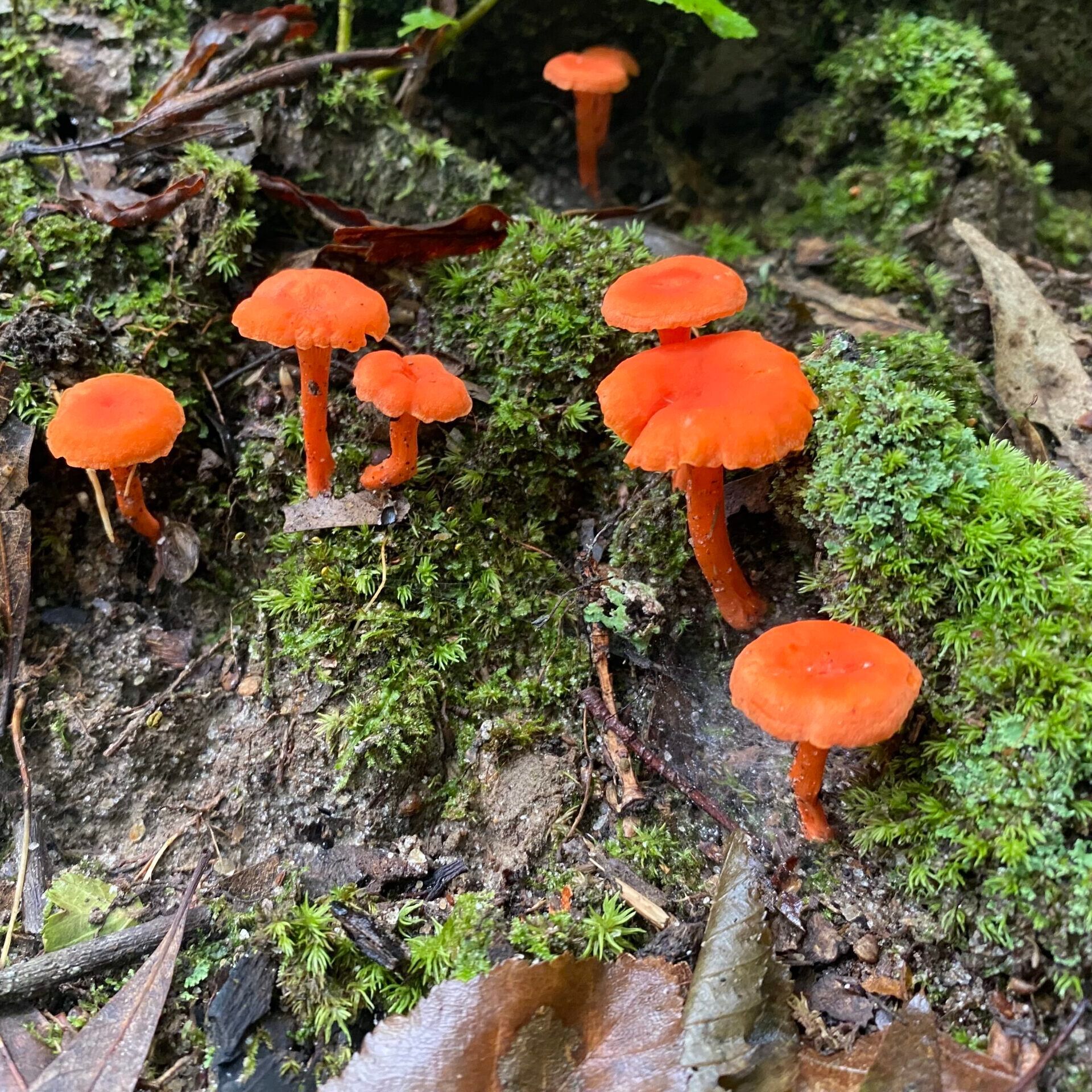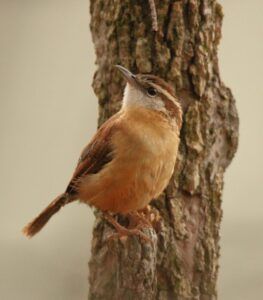Field Trips
Discover. Learn. Connect. Unforgettable field trips for curious minds.
Offering various standard correlated, interactive programs covering topics ranging from earth and life sciences to ecology and plant-animal interactions. We aim to give classroom educators cost-effective options without traveling into the city. Custom programming is available to fit individual teachers' and classes' unique needs and lessons.
Contact our Environmental Education Manager, Charlee, at charlee@sctlandtrust.org for more information.
Program Offerings
Most programs can be tailored to fit any grade level upon request.
Most programs can also be taught at your school in the classroom or on your school grounds.
-
Enviroscape: What About Our Water?
Recommended Grades: 2, 3, 6
(S2P1 a, b; S2L1a; S3L1 a, b, c, d; S3L2 a, b; S6E3 a, b, c; S6E5 h, i, j)
Students are introduced to what a watershed is, how it functions, and how we all live in and contribute to one. Using the Enviroscape teaching tool, students create a typical town with a place to live, a food source, transportation and roadways, a work environment, and places for entertainment and recreation. By adding in point source and nonpoint source pollutants, students will discover how our everyday lives can significantly impact the natural environment and, consequently, the watershed they live in. Then, students brainstorm practical ways of reducing certain pollutants in the town and learn what positive impacts they can have.
-
Habitats & Impacts Program
Recommended Grades: 3, 4, 7
(S3L1 c, d; S3L2 a, b; S4L1a, b, c, d; S4L2a, b; S7L4 a, b, c, d, e)
Students will review habitats and basic needs by exploring some of the many plants and animals that make their home at the nature center or their school. Students will be broken up into groups, assigned an animal that can be found nearby, and tasked with finding where that animal might find all their basic needs. Through exploration and hands-on activities, the students will learn about several factors that may impact an animal and its habitat, directly or indirectly, through the food web, including but not limited to weather patterns and various types of human impacts, both positive and negative. At the end of the program, students will be introduced to a live nature center program animal and discuss how humans can impact that animal’s habitat, too.
-
Insects & Decomposers
Recommended Grades: 1 - 5
(SKL1a, b; SKL2a, c, d; S1L1.a, b, c; S2L1a; S2L1 a, b, c, d; S2E3 a, b; S4L1a, b, c, d; S5L1. a, b)
In this fun and interactive program, discover the vital role that insects, other arthropods, and invertebrates play in the food chain. Students will first learn what insects and other arthropods are and some of their identifying characteristics and then test their knowledge in a tournament-style game of speed and accuracy. Then, students will take to the garden to see how many kinds they can find between the garden beds, compost pile, and pollinator garden!
-
Interpretive Hike
Recommended Grades: All Grades
(SKL1 a, b, c; SKL2 a, b, c; S1L1 a, b; SKL1 a, b, c, d; S3L1 c, d; S3L2 a, b; S4L1a, b, c, d; S4L2a, b; S5E1 b, c; S5L1 a, b)
Join a SCT environmental educator at one of our public nature areas to see what we can see! On the hike, students can expect to learn how to identify several plant and tree species (even in the winter!), listen for bird calls, search for animal signs, discuss ecosystems, food chains, and land management practices, and learn some of the natural history of the nature area. Please come prepared with weather-appropriate hiking clothes, closed-toed shoes, and water.
-
Living with Wildlife
Recommended Grades: K-4
(SKL1 a, b; SKL2 a; S1L1a, b; S3L1 c, d; S3L2 c; S4L2 a, b)
Students are introduced to the word habitat and discuss the basic needs of animals and what they need to stay alive. We'll discuss some similarities and differences between wildlife and domesticated animals and where they find their basic needs. Students will realize that their very own backyard is a habitat for a surprising number of wildlife species, including some they don’t readily recognize as wildlife. We'll discuss when it is and when it is not appropriate to help wildlife and create a take-home to help migratory birds. If time permits, we’ll visit the nature center’s barnyard and look for the basic needs in the enclosures of our chickens, goats, and rabbits.
-
Mighty Microorganisms
Recommended Grades: 4
(S5L4 a, b)
Students will go over what bacteria are and realize that they are all around us all the time. Then, the students will be broken into small groups to read and discuss real-life scenarios involving several types of bacteria. Students will be tasked with deciding if the bacteria were beneficial or harmful in each scenario. By the end of the program, students will realize that bacteria are everywhere and, more often than not, vital to life itself and sometimes in some fun and fascinating ways!
-
Plants & Animals Program
Recommended Grades: K & 1
(SKL2 a, b, c & e; S1L1 a, b, c & d, S1E1 c)
The nature center is the perfect place to explore the basic needs of plants and animals. First, students will get moving to learn the life cycle of a plant through some “Plant Yoga.” We’ll discuss what things they need with each movement. Afterward, we’ll explore the plants around the nature center to find them in each stage of their life cycle. Next, we’ll visit our barnyard area to learn what the chickens and goats need to survive and try to find them in their enclosures while discussing the needs of domesticated animals and wildlife.
-
Pollinators in Action - Bees
Recommended Grades: K, 1, 2 4
(SKL1 a, b, c; SKL2 a, b, c; S1L1 a, b, c, d; S2L1 a, b, c; S4L1 a, b, c)
Explore the amazing world of pollinators. Students will learn about several kinds of pollinators (some may even come as a surprise) and their vital role in the ecosystem, not only for plants and animals but for people, too. Then, we’ll dive deep into bees, learning the hive's structure, bee jobs inside the hive, and bee anatomy before learning how honeybees communicate and turn nectar into honey. At the end of the program, students will learn that honey’s flavor changes based on the flowers they visit and will get to taste at least two different types! Please let us know of any honey allergies prior to the program.
-
Pollinators in Action - Monarchs
Recommended Grades: 3, 4, 7
(S3L1 b, d; S3L2 a, b; S4L1 a, b, c, d; S4L2 a, d; S7L4 a, b, c)
Explore the amazing world of pollinators. Students will learn about several kinds of pollinators (some may even come as a surprise) and their vital role in the ecosystem, not only for plants and animals but for people, too. Then, students will learn all about the Monarch Butterfly and the incredible migration they make to Mexico and, through a fun game, discover ways to help these pollinators who are now a candidate to be listed as threatened under the Endangered Species Act!
-
Regions & Wildlife of Georgia
Recommended Grades: 3, 4, 5, 6
(SE32 a; S3L1 a, b, c, d; S3L2 a, b; S4L1 a, b, c, d; S4L2 a, b; S5E1 b; S6E3 a, S6E5 e, f, g)
Join a SCT educator as we explore the five ecoregions of Georgia. Through a presentation, students will learn about important geological features of each region, how they were made, and how they help to define the habitats that exist across Georgia. Students will also understand the various ecosystems of each region, what makes them unique in the state, and the wildlife that thrives there. Throughout the presentation, students will have the opportunity to examine real fossils, carnivorous plants, and live animal ambassadors that can be found across Georgia.
-
Reptile Program
Recommended Grades: All
(SKL1 a, b, c; SKL2 b; S1L1 b, d; S2L1 a; S3L1 a, c, d; S4L1 a, c, d; S4L2 a; S5L1 a; S7L1 a, b)
Students will be introduced to the wonderful world of reptiles, some defining characteristics, and their many amazing adaptations. They’ll learn about the 4 main groups of reptiles and some of the unique features specific to each group. Then, students will meet one to two of the Nature Center’s resident reptiles and learn about their typical habitats and specific needs before exploring the reptile room.
-
Rocks & Minerals
Recommended Grades: 3, 5, 6
(S3E1 a, b, c; S3E2 a, b; S3L1c; S5E1 a, b, c; S5P1 a, b, c; S6E5 a, b, c, d, e, f, g, h)
Students will begin with a quick review of what rocks and minerals are and play a game that will help them remember the difference between the two. Next, students will discuss fossils and how they fit into the scheme of things. Then, we’ll pass around some interesting examples of each, discussing how and where they form. We’ll also talk about some of the many rocks, minerals, and fossils that can be found here in the state of Georgia!
-
Skulls & Furs
Recommended Grades: K - 5
(SKL1 a, b; SKL2 a; S1L1 b, d; S2L1 a; S3L1 a, b, c, d; S3L2 a, b; S4L1 a, b, c, d; S4L2 a, b; S5L1 a)
In this program, students will get down and dirty with soil, learning its composition and why soil health is so important to the environment. Students will also gain an in-depth knowledge of what makes for healthy soil and what farming practices can help and hurt the plants growing there and the animals, like us, who depend on them. Then, students will have the chance to test the soil for various compounds and nutrients and judge for themselves if the soil they are testing is healthy.
-
Vascular & Non-Vascular Plants
Recommended Grades: 4, 5, 7
(S4L1a, b, c, d; S4L2a, b; S5L1 a & b; S7L1 a, b; S7L5 a, b)
Students will review the difference between vascular and nonvascular plants, discuss how they reproduce, some of the advantages and limitations of each group, and why we still find both in nature today. Students will also play a fun resource game that demonstrates some of these differences. Finally, students will explore several stations with live examples of vascular and nonvascular plants up close. Using what they learned, students will determine if each plant is vascular or nonvascular and make various hypotheses and observations, which will be discussed as a group at the end of the program.
-
Water Cycle - The Incredible Journey
Recommended Grades: 1 – 6
(S1L1.a, b, c; S1E1.a,b,c,d; S2P1 a, b, c S2L1 a, b, c, d; S2E3 a, b; S3L1 a, b, c; S4E2b; S4E4a, c; S4E3a, b; S4E4a, b, c, d; S6E5 d, e )
Students are magically transformed into a single molecule of water and take an incredible journey throughout the world and everywhere a drop of water might travel in the water cycle. With a roll of a dice, students will journey through clouds, oceans, rivers, plants, animals, and more! At each station, students will gather a bead to add to a bracelet, which is theirs to keep to commemorate their unique water story! At the end of the game, students discuss key points such as how their drop of water got into and out of plants and animals and why they were stuck at the ocean station for so long! This is a fun and exciting way for students to explore the water cycle and the energy that drives it and enjoy an experience they will actually remember!
-
Weathering & Erosion
Recommended Grades: 2, 3, & 5
(S2P2 a, b, c; S2P1 a, b, c; S3E1 a, b, c; S3E2 a; S3L2 a, b; S5E1. a, b, c)
Students begin by discussing the different types of weathering and exploring physical examples of each, noting some that are pretty famous and some happening a lot closer to home. Then, students participate in a fun game exploring forces that can contribute to erosion and deposition and how plants can play a vital role in keeping soil in place. Finally, students will participate in a real-time experiment that demonstrates the importance of plants in preventing erosion.
High School Program Offerings
Most programs can be tailored to fit any grade level upon request.
Most programs can also be taught at your school in the classroom or on your school grounds.
-
Enviroscape
SEC1a; SEC1b; SEC1c; SEC5a; SEC5d; SEV4a; SEV4b; SO2a; SO6a; SO6c; SO6d
Explore the watershed concept and how topography influences the movement of water across the landscape. Through a hands-on Enviroscape activity, students will discuss water movement across land, identify local non-point pollution sources impacting waterways within the watershed, and brainstorm some conservation measures that could be taken to protect the environment.
-
Georgia Adopt-A-Stream Macroinvertebrate Study
SEC3b; SEC3c; SEC3d; SEC5a; SEC5c; SEC5d; SEN1a; SEN1b; SEN1c; SEN1d; SEN1e; SEN2b; SEN2c; SEV1e; SEV2d; SEV4a; SEV4b; SZ1a; SZ4a; SZ4b; SZ4c; SZ5a; SZ5b; SZ5c; SZ5d
Macroinvertebrates are excellent biological indicators of water quality. In this program, students will get an up-close exploration with real samples and learn to identify and categorize these aquatic insects by pollution tolerance levels. This in-class lab is a great introduction to macroinvertebrates before taking a water monitoring field trip to a local pond or stream. Ask about our Georgia Adopt-A-Stream Certification and how your group can contribute quarterly to the statewide database!
-
Georgia Adopt-A-Stream Chemical Water Monitoring Techniques
SC3b; SEC4a; SEC4c; SEC4d; SEV1e; SEV4a; SEV4b; SEC5a; SEC5d
Learn to collect water samples, perform water quality experiments including dissolved oxygen, pH, temperature, and conductivity, and how they relate to habitat and water quality. This hands-on chemistry activity incorporates the scientific method. Programs can be conducted in a lab or at a local stream site. Ask about our Georgia Adopt-A-Stream Certification and how your group can contribute monthly to the statewide database!
-
Reptile Program
SEC1a; SEC1b; SEC1c; SEC2a; SEC2b; SEC2c; SZ2b; SZ4a; SZ4b; SZ5a; SZ5d
How have snakes adapted to survive in their environment? Which species do we have in Georgia? Which ones are venomous, and how can you tell? Most importantly, how do they benefit our ecosystem? Students will learn the answers to these questions and much more. At the end of the program, students will get to meet a live native snake.
-
Interpretive Hike
SB1.a; SB4.a,c; SB5.a,e; SB6.a,b,c,d,e; SB1.a,c,e; SB4.a,b; SB2.c; SB5.a,c,d,e
Join a SCT environmental educator at one of our public nature areas to see what we can see! On the hike, students can expect to learn how to identify several plant and tree species (even in the winter!), listen for bird calls, search for animal signs, discuss ecosystems, food chains, and land management practices, and learn some of the natural history of the nature area. Please come prepared with weather-appropriate hiking clothes, closed-toed shoes, and water.
-
Skulls & Furs
SB1.a; SB4.a,c; SB5.a,e; SB6.a,b,c,d,e; SB1.a,c,e; SB4.a,b
SCT Educator will share skulls and furs of animals native to the Piedmont region of Georgia. Students will investigate the skulls and make hypotheses about some of the animal’s adaptations, the type of consumer it may be, its place in the food chain, its role in the ecosystem, and finally, the type of animal it might be. Students will have the chance to handle the skulls to identify key characteristics and explore some of the furs belonging to the animals discussed, further exploring some of the adaptations. As the subject comes up, SCT educators will address the role of hunting in Georgia.
Field Trip Locations
-
Fayette Environmental Education Center
ButtonThe Nature Center is the default location for our environmental education field trips, with easy access to classroom spaces, learning supplies, our live program animals, bathrooms, and a picnic area.
-
The Ridge Nature Area
ButtonFor longer hikes where the primary focus of the trip is native plants, animal and decomposer interactions, identification, and other ecosystem concepts, The Ridge is the perfect spot!
-
Morgan Grove Nature Area
ButtonMorgan Grove has shorter hiking trails with lots of space that can support many of our environmental education topics, primarily on habitats, pollinators, and ecosystems.
-
Sams Lake Bird Sanctuary
ButtonIf your trip emphasizes birds, birding, migration, and conservation, we suggest choosing our Sams Lake Bird Sanctuary.
Headquarters
Office Hours
Fayette Environmental Education Center Hours
©
2024
| Southern Conservation Trust, Inc.
Website powered by Neon One
